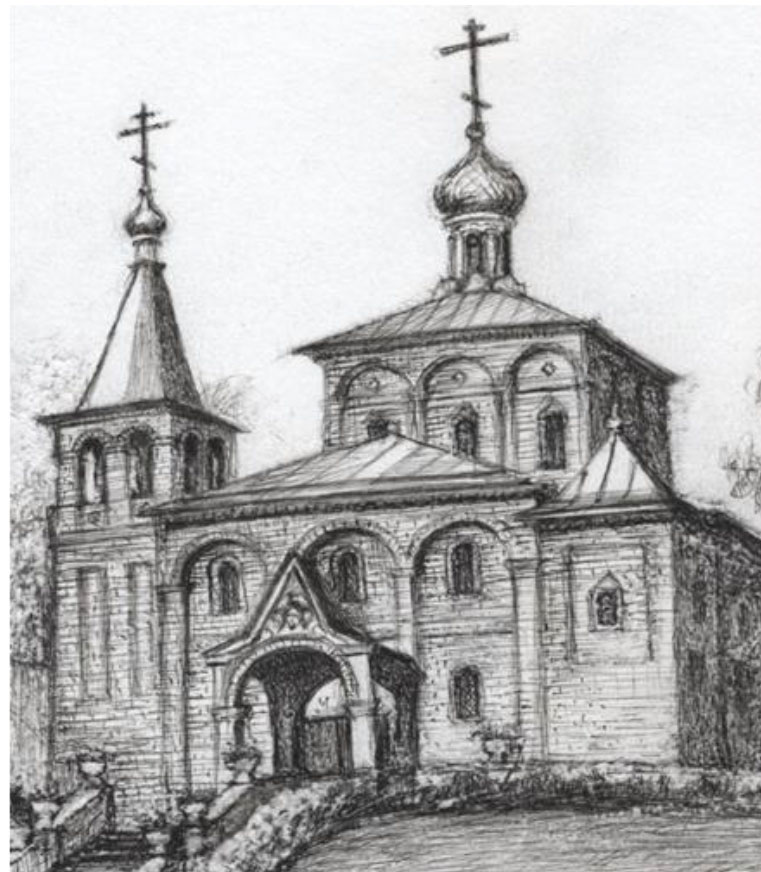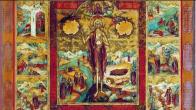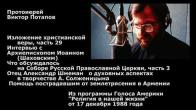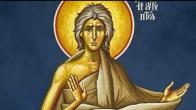ABOUT ORTHODOXY
You are here
The Parable of the Barren Fig Tree
This parable is written in the Gospel according to Luke:
A certain many had a fig tree planted in his vineyard; and he came and sought fruit thereon, and found none. Then said he unto the dresser of the vineyard, behold, these three years I come seeking fruit on this fig tree, and find none: cut it down; why cumbereth it the ground? And he answering said unto him, Lord, let it alone this year also, till I shall dig about it, and dung it: and if it bear fruit, well: and if not, then after that thou shalt cut it down (Luke 13:6-9).
In Gospel times, in Palestine, fruit trees were often planted in vineyards. Three years had to pass before the fruit of the fig tree would become fit for picking and use. The fig tree in the parable did not bear fruit after the three year period. Why cumbereth it the ground? says the owner of the vineyard. The roots of the fig tree soak up the moisture necessary for the grape vines growing around it, which seemed to the owner to be a senseless expenditure of water, which is precious in Palestine. All the same, the vinedresser tries to persuade the owner to hold off on his decision to destroy the barren fig tree, saying: Lord, let it alone this year also, till I shall dig about it, and dung it: and if it bear fruit, well: and if not, then after that thou shalt cut it down". The use of manure is nowhere mentioned in the Old Testament. Moreover, an ordinary fig tree does not need manure. Thus, one can say that the vinedresser proposed that certain extraordinary measures be taken in order to help the fig tree bear fruit and to ensure its further existence.
Among the Jewish people, the legend of Achicar (fifth century BC) was preserved, which the majority of Christ's contempo-raries knew. Therein, such words are found: "My son, thou art like the tree which did not give fruit, in spite of the fact that it grew next to a spring. Its owner was forced to cut it down. The tree said to him: 'Transplant me, and if I do not bear fruit in the new place either, then cut me down'. In reply, the owner said: 'When thou didst stand next to the water, thou didst not bear fruit. Why then should fruit appear on thy branches if thou shouldest stand in a different place?'" Jesus used this well known folk tale in His parable, giving it a different ending. Here the request is not declined.
In the parable of the barren fig tree, God's longsuffering toward the chosen people, who occupy a special position, just as the fig tree in the vineyard, is underscored. The vineyard symbolizes the whole world and all its peoples. God expected from His people a living faith in His Son, repentance and a life according to faith; but the absence of this in the masses brought down God's wrath upon them, which is expressed in the parable under the guise of the owner's decision to cut down the barren fig tree. But the kindhearted Christ (the vinedresser), doing everything possible throughout the course of His public ministry in order to bring the people to the saving faith and awaiting from it the fruits of His labors, entreated the Father to put off the judgment of the people, desiring to give understanding through His teaching and deeds to all those who still could be saved (Luke 13:7-9).
The Saviour's kindheartedness is the main thought of the parable. The three years of the owner's waiting for the vine-dresser in the parable signify the three years of Christ's public ministry. The fourth year is the year of the final rejection of Christ by the people, His crucifixion and the consequences - the destruction of Jerusalem and the temple and the subjugation of Israel by the Romans.
The very same thought is expressed symbolically by the Saviour in the cursing of the barren fig tree that took place not long before His passion (Matthew 21:18-20, Mark 11:12-14; 20-21).
©V. Potapov
Relics in cathedral - monthly calendar
| S | M | T | W | T | F | S |
|---|---|---|---|---|---|---|
|
|
1
|
2
|
3
|
4
|
5
|
6
|
|
7
|
8
|
9
|
10
|
11
|
12
|
13
|
|
14
|
15
|
16
|
17
|
18
|
19
|
20
|
|
21
|
22
|
23
|
24
|
25
|
26
|
27
|
|
28
|
29
|
30
|
|
|
|
|
PARISH LIFE
Address of our Cathedral
Subscribe to our mailing list
While all the materials on this site are copyrighted, you may use them freely as long as you treat them
with respect and provide attribution on the Russian Orthodox Cathedral of St.John the Baptist of Washington DC.









